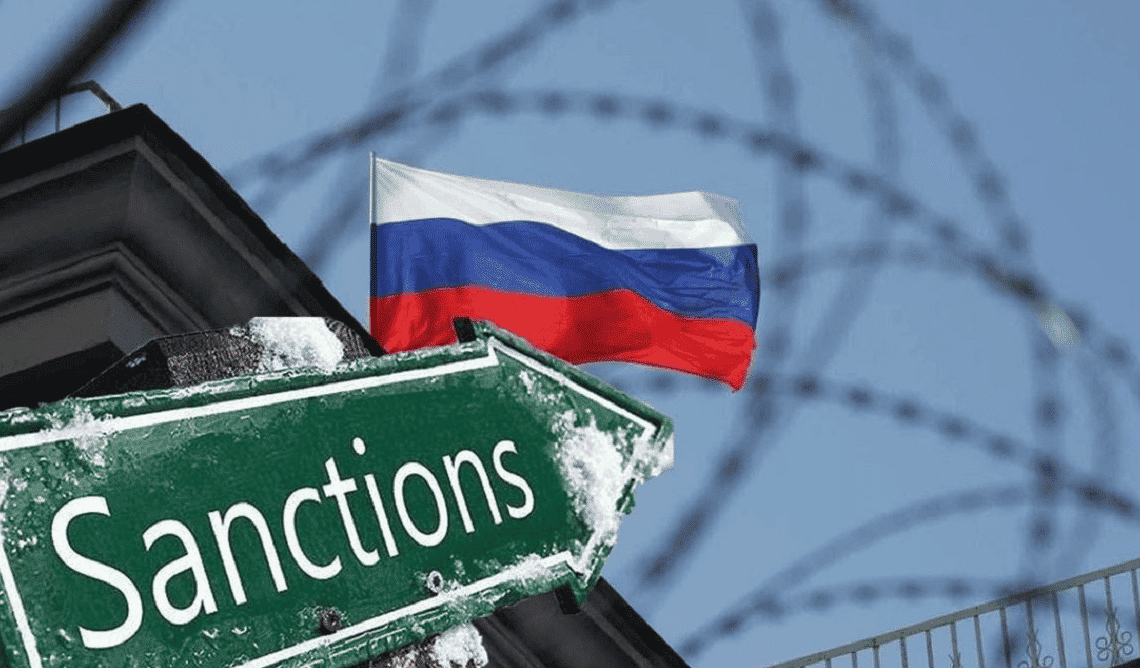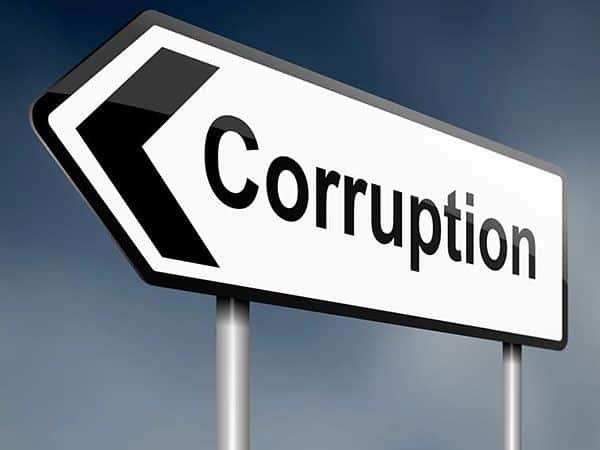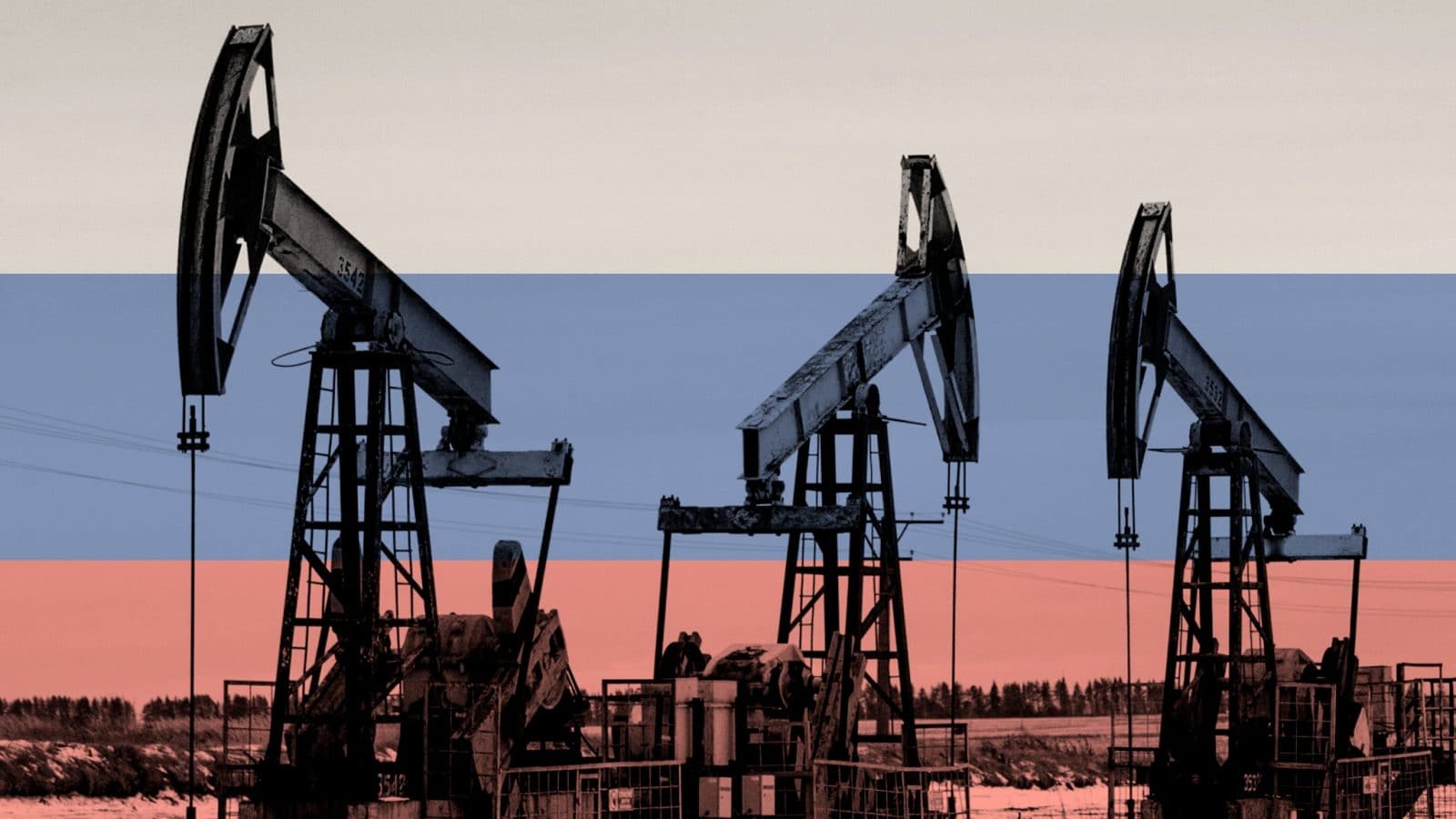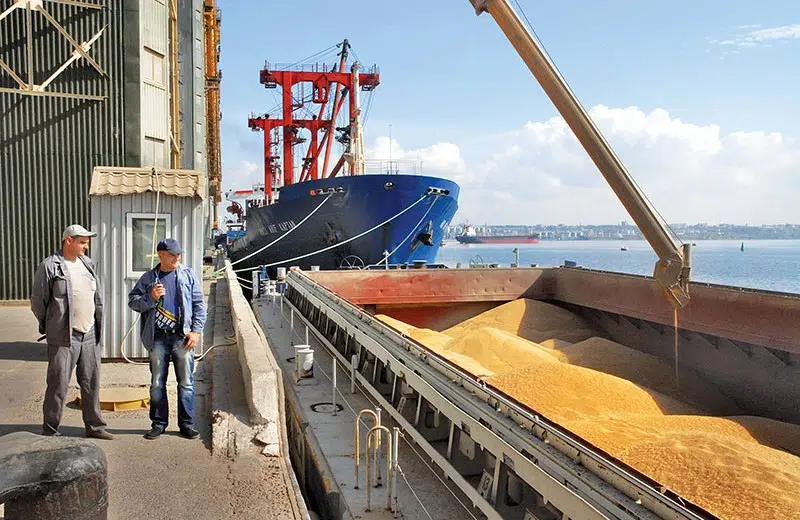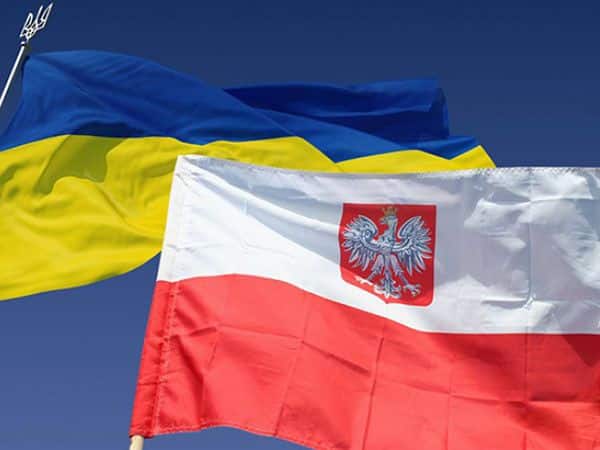Table of Contents
Repeatedly it has been said and continues to be said — how come Ukraine continues the transit of Russian gas and oil through its territory while Russia has been waging a genocidal war against Ukraine for ten years? The question has become more acute after February 24, 2022, and especially after September 11, when Russia launched massive missile strikes on Ukraine’s energy infrastructure. Well, the blowing up the Kakhovka Hydroelectric Power Plant by Russian troops on June 6, and the covert preparation for a nuclear accident at the Zaporizhzhia Nuclear Power Plant, raise the question: isn’t it time to stop the transit?
Gas transit
On December 31, 2024, the “Agreement on the provision of natural gas transit services through the territory of Ukraine between PJSC Gazprom (Russian majority state-owned multinational energy corporation) and NJSC Naftogaz (the largest national oil and gas company of Ukraine)” dated December 30, 2019, will expire. The agreement was the result of difficult negotiations with the assistance of the European Commission.
At that time, Russians, together with powerful European companies, vigorously implemented the Nord Stream 2 project to render the Ukrainian route simply unnecessary, increasing Europe’s dependence on Russian supplies through a non-transit route via the Baltic Sea. In certain years, 45-47% of imported gas came from Russia. And the dependence on some European Union member countries was even greater. Ultimately, Russia, represented by Gazprom, lost a significant share of the European gas market after the “drying out operation” throughout 2021 and the disruption of the Nord Stream pipelines in September 2022. But…
But Russian natural gas continues to be received and consumed in the European Union. Although the EU has made decisions to reduce gas consumption, intensify the transition to renewable energy sources, and, most importantly, replace Russian energy carriers in the gas and other fossil fuel markets (RePowerEU plan), it is still unable to completely abandon supplies from Russia. The share of Russian pipeline gas has significantly declined. In the first quarter of 2023, it accounted for only 5.7%, while other gas was sourced from the North Sea, North Africa, and the Caspian region, in the form of LNG, and was also extracted from underground storage facilities.
See also: “Ukraine’s losses will amount to trillions of dollars” — economist on the consequences of the war
However, the EU has still not been able to make a decision on a complete ban on the import of natural pipeline gas and LNG from Russia, and some countries continue to receive Russian gas in previous contractual volumes. Hungary, Slovakia, Austria, and Italy remain consumers of pipeline gas. However, according to reports from the European press, they are actively seeking alternative gas sources to quickly replace Russian supplies. For example, Austria, according to Politico, imported 57% of its gas from Russia in February. Russian LNG was delivered to terminals in Belgium, Spain, the Netherlands, and after regasification, entered the pan-European gas network. Overall, according to estimates by the Finnish Center for Research on Energy and Clean Air (CREA), the EU countries imported pipeline and liquefied gas worth approximately 6.3 billion euros in the first five months of the current year, significantly lower than in 2022 when the price of Russian gas was five times higher.
Recently, Russian gas has been entering Europe through two routes. In June of this year, approximately 40-42 million cubic meters of gas (15 billion cubic meters annually) are being transported daily through the territory of Ukraine. Additionally, around 25 million cubic meters per day are flowing through the TurkStream via Turkey and Bulgaria. Despite all of Gazprom’s efforts to eliminate the Ukrainian gas transit route, it has once again become the main route for gas supplies to Europe.
The Ukrainian gas transmission system (GTS) serves as a reliable transit route for gas to the European Union. Does the transportation of Russian gas have economic feasibility for Ukraine? Currently, it does, considering that 70-80% of the GTS operator’s revenue comes from gas transportation services. However, it is not solely corporate interest that drives the preservation of transit. In Ukraine, at the governmental, corporate, and expert levels, it has always been emphasized that the Ukrainian GTS is a reliable gas transportation route for the EU. The European Union assists Ukraine, and Ukraine supports the EU to the best of its abilities.
The responsible approach to transit gas transportation is enshrined in the Foreign Policy Strategy of Ukraine / from August 26, 2021. According to paragraph 62 of the Strategy, “Ukraine will remain a reliable and responsible partner for the EU in gas transit, which will serve as a guarantee for strengthening Europe’s energy security and developing a strategic partnership with the EU in the energy sector. Work will continue to ensure the full integration of Ukraine’s energy markets with the EU.”
Transit guarantees are stipulated in the Association Agreement between Ukraine and the EU. According to Article 276, paragraph 1, Failure of supply, each party guarantees that the transmission system operators should take necessary measures to:
- Minimize the risk of accidental interruption, reduction, or cessation of transit and transportation.
- Promptly restore the normal operation of such transit or transportation that has been accidentally interrupted, reduced, or ceased.
Therefore, the question of further transportation of Gazprom gas should be coordinated and comprehensive, and it depends on the EU’s decision regarding the possibility/prohibition of its import. It has been the second year of a full-scale war, yet Russian gas continues to be consumed in the European Union. And this is the main reason for maintaining its transit through Ukrainian territory. However, the Ukrainian GTS needs to be prepared both technically and financially for new working conditions. The operator’s costs should be optimized by decommissioning excess facilities or reprofiling the use of compressor stations that are currently not engaged for maneuverable power generation.
Should the aggressor (Russia) continue to receive funds in Europe for its gas, which further contributes to the destruction of Ukraine, a country that is a candidate for EU membership? It is at least illogical to purchase gas from a country that the European Parliament has recognized as a state sponsor of terrorism. However, as long as Russian gas is being consumed in certain EU countries, its transportation must continue. The decision on a complete ban on the import of gas from Russia (both pipeline and LNG) should be adopted by the EU Council.
Oil transportation
The oil refining and oil transportation sectors of Ukraine became targets for Russia with the onset of Putin’s rule. Russia deliberately invested funds and made efforts to build bypass oil transportation capacities to limit transit through Ukraine and increase the financial burden on the Ukrainian economy. Approximately 12 million tons of Russian oil are transported to three Central European countries from over 53 million tons of transit in the early 2000s.
Regardless, the last ton of Russian oil for the EU will still pass through Ukrainian territory since its main recipient is Hungary under the Orban’s regime. However, the termination of the transit function of the oil transportation system does not mean the cessation of the use of oil transportation infrastructure.
The oil injections of the Orban’s regime restrain Russia from massive strikes on the oil transportation infrastructure, unlike the fuel and oil refining sector, which has suffered fatal damage.
The presence of domestic oil production, even at a volume of 1.4-1.5 million tons per year, maintains the need for oil transportation infrastructure. The inability to quickly restore domestic oil refining necessitates the delivery of extracted oil through the Druzhba pipeline for processing in neighboring Slovakia or the Czech Republic. In the next two years, Central European countries will continue to import Russian oil, utilizing exceptions from the EU oil embargo in 2022, which leads to the preservation of transit to countries such as Slovakia and the Czech Republic, which consistently and systematically support us in countering Russian aggression.
The focus on decarbonization does not automatically mean the cessation of oil usage. Of course, UkrTransNafta (an open joint-stock company established by the government of Ukraine to manage oil transportation operations through the Ukrainian pipeline network) should already be working on scenarios for discontinuing the transit of Russian oil, reprofiling parts of the infrastructure for other purposes, or decommissioning them. However, the utilization of oil transportation infrastructure will still play a significant role in ensuring the energy security of the country, particularly in maintaining the stability of the petroleum supply system. We must consider the danger of further missile strikes from Russia even after the restoration of Ukraine’s territorial integrity within the borders of 1991. There may be a need for partial reconstruction of such protected infrastructure, which is quite plausible.
See also: Games around oil: will Russia lose from the OPEC+ decision?
Ukraine’s membership in NATO would provide a unique opportunity for the Alliance to expand its fuel supply network (pipelines), which has lagged behind the realities of Russia’s war in Europe against Ukraine and Europe itself by half a century. It does not even take into account the realities of NATO membership for Central European countries. And here, the Ukrainian oil transportation system has its own prospects.
Ammonia transit
Until February 24, 2022, the main route for supplying Russian ammonia to the global market was the Tolyatti-Odesa ammonia pipeline with a capacity of 2.5 million tons per year, through which approximately 76% of Russian ammonia exports were transported. Russia’s share in global exports of pure ammonia is about 12%. It was supplied by the Russian company PJSC Tolyattiazot (TOAZ) to the Odesa seaport plant, where it was loaded onto specialized ammonia tankers and shipped to consumers. After the full-scale invasion, the transit through the ammonia pipeline came to a halt, and only three out of seven TOAZ units are currently operating at reduced capacity. With cheap gas, Russia is one of the largest producers and exporters of ammonia, accounting for up to a third of global ammonia fertilizers production.
Russia is attempting to create its own export capabilities for ammonia through maritime transport. By the end of 2023, the first phase of a marine port complex for ammonia transshipment near Taman with a capacity of 2 million tons per year is planned to be launched. The project aims to reduce TOAZ’s dependence on Ukrainian transit and is expected to be fully completed by 2025. The total capacity of the new terminal will be 5 million tons per year. The choice of location for the terminal is peculiar, as it will be situated within the range of long-range weapons of the Armed Forces of Ukraine.
Moscow considers the resumption of ammonia transit as one of the conditions for extending the “grain agreement.” The UN thoughtlessly supports the restoration of ammonia supply through pipelines, aiming to assist global food security. Why is it important for Russia? Ammonia is produced from natural gas. Against the backdrop of a significant reduction in Russian gas consumption in the EU, increasing ammonia exports could allow for higher domestic gas consumption by Russian chemical industries, thereby generating additional funds for waging the war.
Why is ammonia transit unprofitable and dangerous for Ukraine? Firstly, it would mean an increase in revenue for Russia, which it would spend on the war in Ukraine. Secondly, ammonia is a toxic substance. An explosion resulting from another Russian mass missile attack or covert sabotage could lead to a massive catastrophe. In May 2022, the ammonia pipeline near Bakhmut was damaged, even though it was not in operation at the time but still contained technological gas inside. Despite its non-functioning state, it resulted in the formation of an ammonia cloud with a radius of 4 km. The pipeline runs in close proximity to the front line. Additionally, on June 6, due to shelling during combat operations, a leak of 134 tons of ammonia occurred from the Tolyatti-Odesa pipeline in the Kupiansk district of the Kharkiv region. The situation with the Kakhovka Hydroelectric Power Plant demonstrated that the Russian army is deliberately committing ecocide on Ukrainian territory and resorting to war crimes.
In 2021, 2.3 million tons of ammonia transited through Ukraine, for which Ukrkhimtransamіak received approximately $108 million from Russia — a relatively small amount not worth the risks. Therefore, the response of the National Security and Defense Council of Ukraine remains the only correct one: “We have no right to support a terrorist state so that it can profit from Ukrainian infrastructure and territory.” It remains to add that we cannot expose ourselves to danger, as the transit of ammonia with a significant probability can be used for mass destruction.
Time is coming to an end
What has a beginning also has an end. The transit period is ending. Russia’s nuclear blackmail is making significant adjustments. The (in)action of international organizations and our partners after Russia’s sabotage of the Kakhovka Hydroelectric Power Plant forces us to rethink traditional approaches. In the face of external aggression, Ukraine fulfills its obligations to European partners. However, when the aggressor begins to act according to a pattern of mass destruction, Ukraine can hardly afford to risk the lives of Ukrainian citizens for the comfort of Europeans, as in the case of ammonia transit, or continue the transit of oil to Russia’s Trojan horse in Europe, or transit of gas to the Alpine Putinferstejers (who understand Putin). By the way, one of the assumptions as to why Russia insisted on resuming ammonia transit is related to its plan of targeting Ukrainian Armed Forces units by sabotaging the pipeline in the Bakhmut area during a counteroffensive operation or conducting a diversion under the guise of a technical incident at the terminal in the Pivdennyy Port during ammonia loading onto vessels.
The Ukrainian government should clearly warn its European partners that the actions of Russia, which is not deterred by insufficient Western sanctions, can at any time disrupt further gas and oil transit to the EU. The Russian army is targeting critical infrastructure in Ukraine deep within its territory. Ukraine lacks long-range strike capabilities to adequately respond to these attacks deep into Russian territory, at least to Yamal and Ural. Therefore, the response must be asymmetric. In war, the logic is different from commerce. Russian troops must be destroyed everywhere, and damage must be inflicted on them wherever possible. There can be no compromise with those who came to kill Ukrainians. Hence, the countdown for transit has begun.
Originally posted by Mykhailo Honchar, Oksana Ishcuk, Ihor Stukalenko and Andrii Chubyk on Zn.ua. Translated and edited by the UaPosition – Ukrainian news and analytics website
See also: Will Ukraine export gas? Whom and why is it needed during the war?

